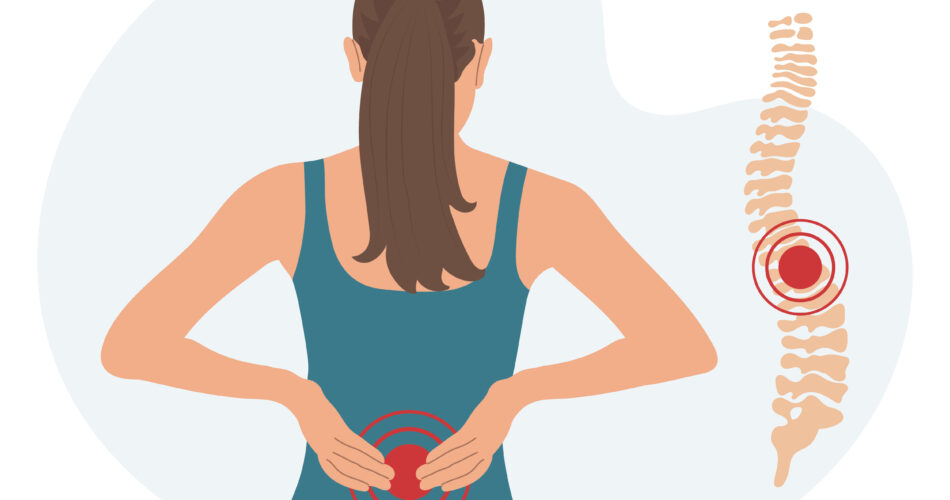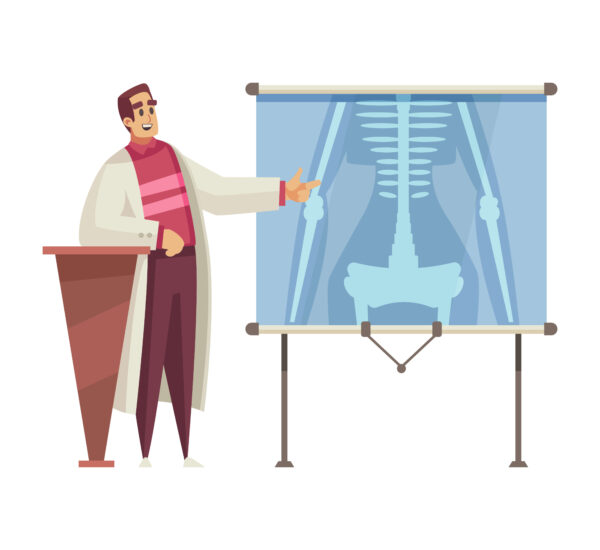Dealing with osteoporosis means you are constantly suffering from weak bones and bone fractures. That’s because this condition affects the skeletal system, specifically having a substantial loss of bone density. When that happens, several consequences may arise such as development of various health risks. Fortunately, intervention like a back brace for osteoporosis can help.
If you are currently suffering from osteoporosis, this scenario can possibly happen to you. Back brace for osteoporosis is designed as a support system for patients whose stability in the spine is compromised. At the same time, patients can benefit from this tool as it can help alleviate pain and improve posture.
So, if you think you might need a back brace, it is best to consult with an expert. Discover more about back brace and when to use it in this blog. Let’s begin!
Understanding Osteoporosis and Its Impact on the Spine
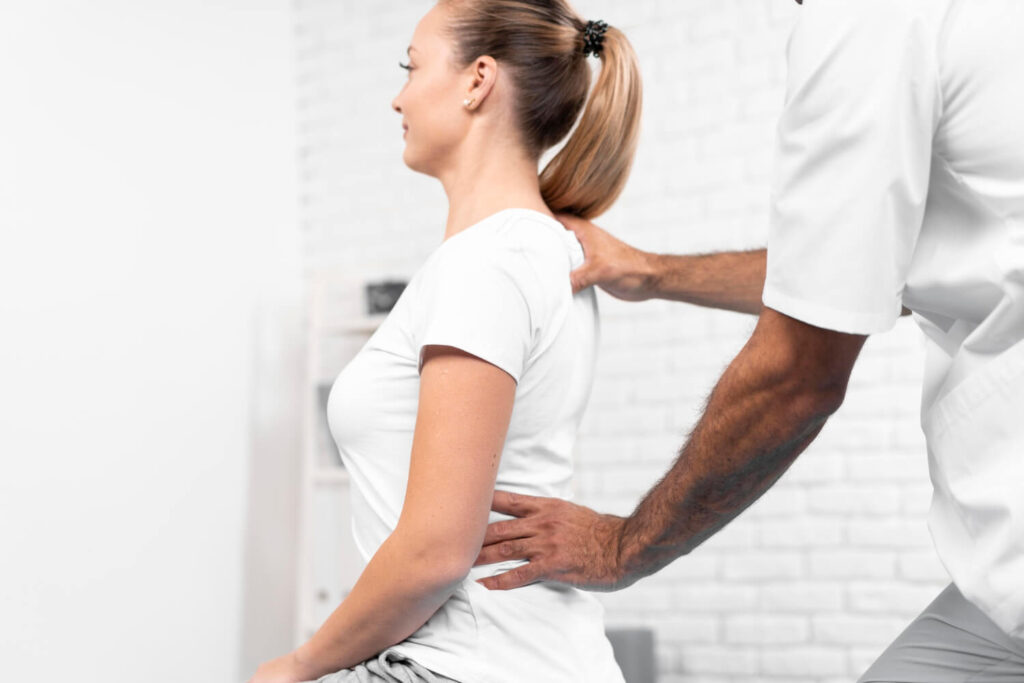
Osteoporosis is a metabolic disease that affects the skeletal system, causing a significant loss of bone density. Thus, it can lead to weakened bones that are more susceptible to fractures, especially the spine area.
The spine is composed of a series of vertebrae that provide support and protection to the spinal cord. In individuals with osteoporosis, the vertebrae become fragile and porous, making them prone to fractures. At the same time, the structural integrity of the spine is compromised, leading to a forward curvature of the upper back known as kyphosis.
These show proof how crucial it is to safeguard one’s bone health as failing to do so can result in various consequences. It doesn’t only affect the posture, but also compromises the bone health leading to porous and easily fractured skeletal bones like the spine.
What Is a Back Brace and How Does It Work?
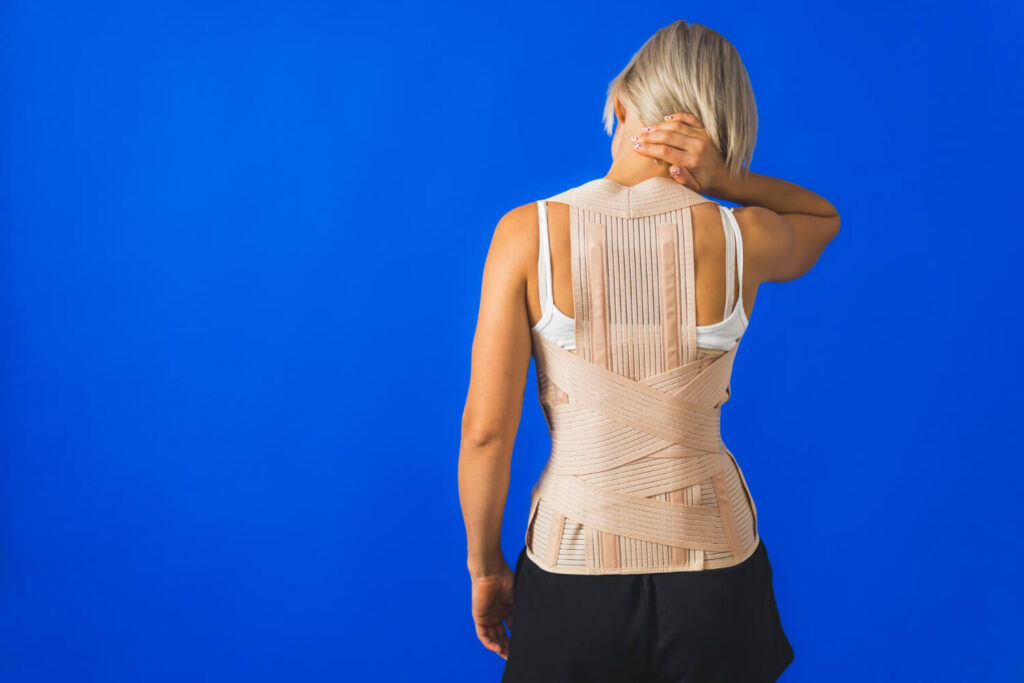
As mentioned, one of the tools used for providing support to the weakened bones is back brace. A back brace for osteoporosis is a specially designed device that looks like a corset with supporting straps. It provides back support and stability to the spine. It is typically made of a combination of rigid and flexible materials that can be adjusted to fit the individual’s body shape and provide the necessary support.
One of the key components of a back brace is lumbar support. Lumbar support refers to the additional padding or structure in the lower back area of the brace that helps to stabilize and support the lumbar spine. The lumbar spine is particularly vulnerable to compression fractures in individuals with osteoporosis, so providing support to this area can help alleviate pain and prevent further damage.
Furthermore, a back brace for osteoporosis can also help improve muscle strength and function. The back muscles play a crucial role in supporting the spine, and wearing a back brace can help activate and strengthen these muscles. This tool provides a feedback mechanism that encourages proper posture. Thus allowing osteoporosis patients to improve their overall mobility and quality of life.
When to Wear a Back Brace for Osteoporosis
While each individual’s needs may vary, a back brace for osteoporosis is generally recommended in the presence of vertebral fractures, chronic back pain, or a significant decline in the quality of life. With such health complications, mobility will be quite difficult for these patients, especially when movement involves the back or spine.

For easier decision making, here are the possible scenarios that show the need for back brace intervention.
- Presence of vertebral fractures
- Chronic back pain
- Everyday activities
- Degenerative disc disease
In short, the patients suffering from osteoporosis will need proper support, which only a back brace can provide. That’s why if you think pain relieving medications won’t work enough, maybe this type of treatment is the right choice to explore.
It’s best to visit a doctor that specializes in osteoporosis management to help with your case.
Duration of Use: How Long Should You Wear a Back Brace?
When it comes to using back brace for osteoporosis, duration of its usage can vary depending on the current health status of the patients. For some individuals, a back brace may be recommended for short-term use to provide support and stability during the healing process or during periods of increased pain activity. In other cases, a back brace may be prescribed for long-term use to manage chronic symptoms and prevent further damage.
Short-Term vs. Long-Term Use: Finding the Balance
In some cases, a back brace may be prescribed for short-term use, especially after a vertebral fracture or during a period of increased activity. This allows patients to receive immediate support and pain relief from the fracture threat, while also preventing further damage to the spine.
However, for individuals with chronic symptoms or ongoing spinal alignment issues, long-term use of a back brace may be necessary to maintain proper spinal support and correction. Patients with this health status are in need of longer support to achieve full healing.
In short, osteoporosis patients must know the suitable time frame for using back brace for osteoporosis. That can only happen by consulting an expert and understanding their assessment of your condition.
Activities to Avoid While Wearing a Back Brace
While wearing a back brace for osteoporosis can provide support and stability, there are certain activities that should be avoided to prevent further injury or discomfort. It is important to follow the guidance of a healthcare professional and adjust your activities accordingly.
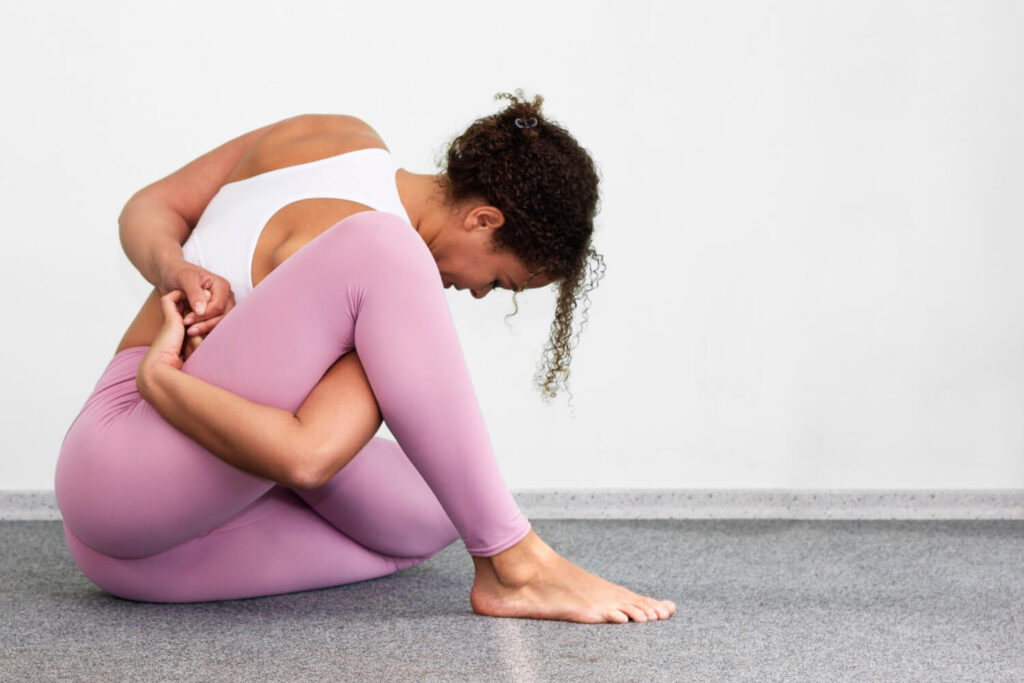
Here are some activities to avoid while wearing a back brace:
Strenuous physical activities
Engaging in strenuous physical activities such as heavy lifting, contact sports, or high-impact exercises can increase the risk of injury to the spine. It is recommended to avoid such activities while wearing a back brace to prevent additional strain on the weakened vertebrae.
Twisting or bending movements
Meanwhile, twisting or bending movements can also put excessive pressure on the spine. Thus, increasing the risk of further damage or compression fractures. It is important to minimize these movements while wearing a back brace to promote spinal stability and prevent injury.
Prolonged immobilization
While a back brace can provide support and stability, prolonged immobilization can lead to muscle weakness and stiffness. It is important to balance wearing the brace with regular movement and exercise to maintain muscle strength and flexibility.
These activities are just some of the possible factors that may interfere with the healing stage of the patients. It’s best to avoid them at all cost to properly address the condition with the proper aligned back brace for osteoporosis. However, if you feel the need to do moderate exercises to avoid other health consequences, it is best to consult with your doctor first. Doing so will help you find the suitable exercise plans for your specific condition.
Frequently Asked Questions
Are there any specific exercises that can be done while wearing a back brace for osteoporosis?
Low-impact exercises such as walking, swimming, or gentle stretching are generally safe to do while wearing a back brace for osteoporosis. It’s important to consult with your healthcare professional or a physical therapist to determine the best exercise plan suited for your condition.
How to take care of back braces for osteoporosis?
To take care of your back brace for osteoporosis, it is essential to regularly clean it with a mild soap and water solution, and ensure proper drying to prevent bacterial growth. The shoulder straps of the back brace should be checked for any signs of wear and tear and replaced if necessary.
Furthermore, avoid exposing the brace to extreme heat or sunlight as it can damage the materials. So it is best to store it in a cool, dry place when not in use.
How can back brace for osteoporosis can help the lower and upper body for posture?
A back brace for osteoporosis provides essential support to the lower and upper body, aiding in maintaining proper posture. By aligning the spine and supporting the muscles, it helps reduce strain on the back, promoting better alignment and upright posture. This can lead to improved muscle strength and flexibility over time, contributing to overall spinal health.
Conclusion
Wearing a back brace for osteoporosis can provide significant benefits in supporting your spine and improving posture for your everyday life. That’s why it is important to know your current health status to identify whether or not you are in need of a back brace.
Your spine’s health is crucial, and a back brace can aid in its protection and stability. Prevent the possible consequences of osteoporosis from happening by aiding the problem as early as possible. Book an online consultation with a rheumatology doctor for immediate assessment of your case.
